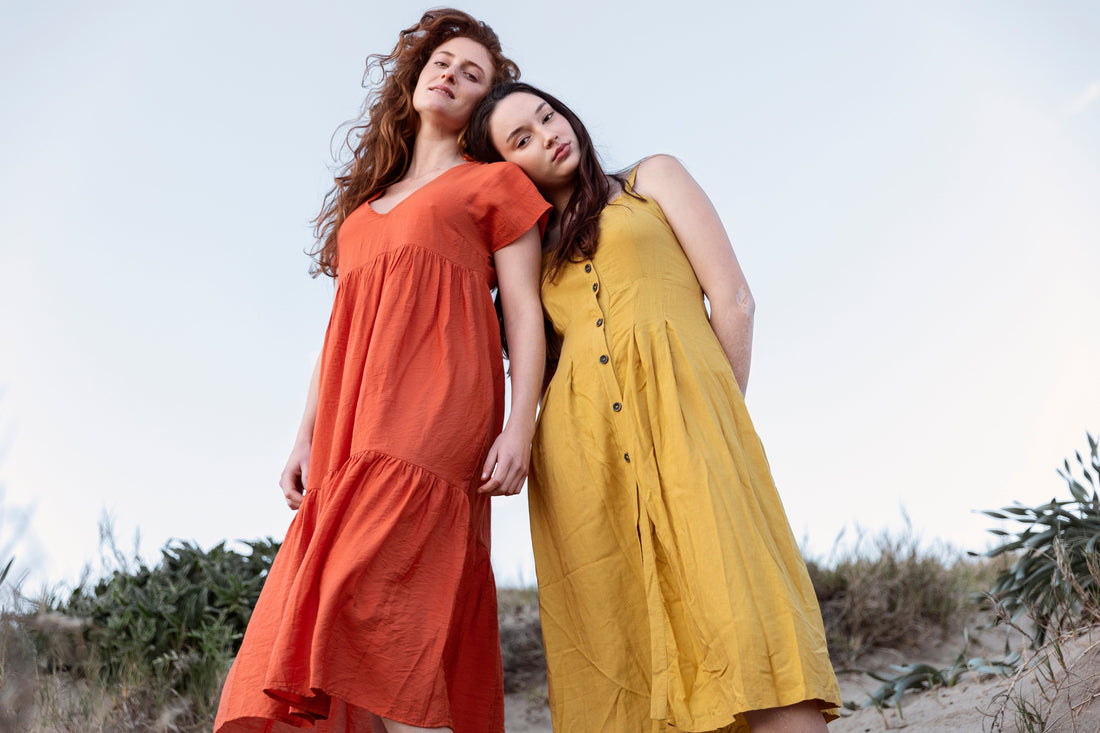
The Role of Silhouettes in Fashion History
Dana MitchellSilhouettes form the structural outline of clothing and have served as defining markers of each era in fashion history. In women’s dress, shifts in silhouette reveal changing approaches to style, practicality, and social norms.
In the eighteenth century, wide skirts supported by hoops or panniers created dramatic shapes that emphasized volume. These elaborate outlines symbolized status and were often paired with ornate detailing. By the nineteenth century, the silhouette shifted repeatedly—from the narrow, high-waisted forms of the Regency period to the fuller skirts of the mid-century crinoline.
The early twentieth century introduced more fluid shapes, moving away from rigid frameworks. The straight lines of the 1920s reflected a significant departure, offering a simplified appearance compared to earlier decades. Mid-century silhouettes emphasized defined waists and fuller skirts once again, while the 1960s brought sleek, streamlined outlines aligned with modern aesthetics.
The late twentieth century embraced variety, with some periods favoring oversized proportions while others leaned toward minimal shapes. The twenty-first century continues this trend of plurality, allowing multiple silhouettes to coexist. This reflects an industry that no longer adheres to a single dominant outline but instead draws inspiration from diverse historical and cultural sources.
Silhouettes not only influence the appearance of a dress but also shape how it interacts with cultural ideals of proportion and style. By observing shifts in outline across different periods, one can trace how fashion adapts to societal change, technological innovation, and artistic influence.
